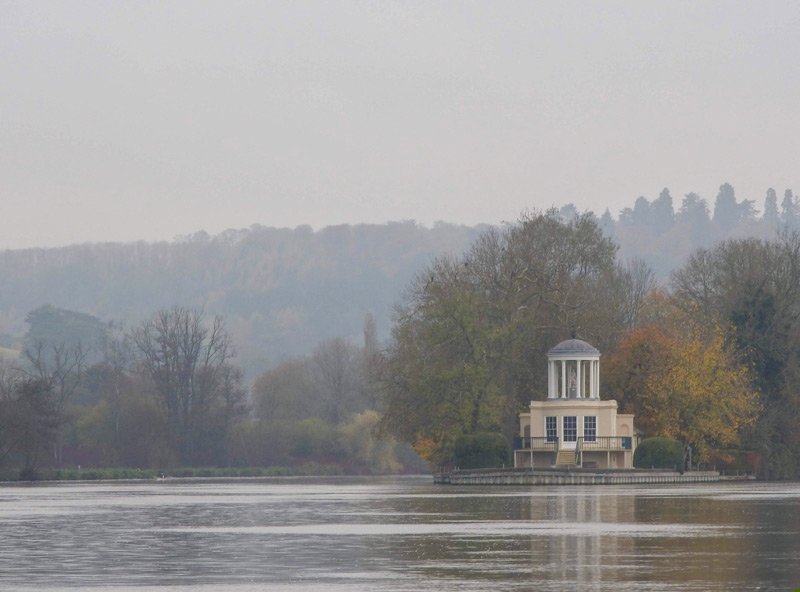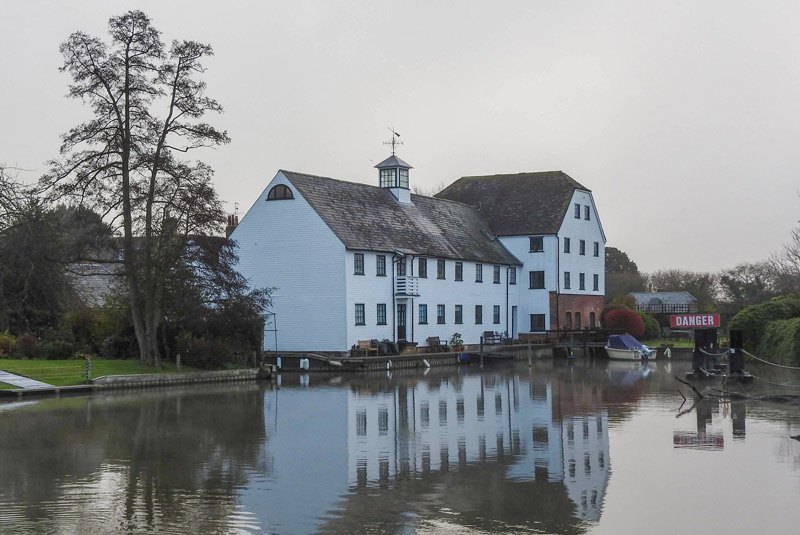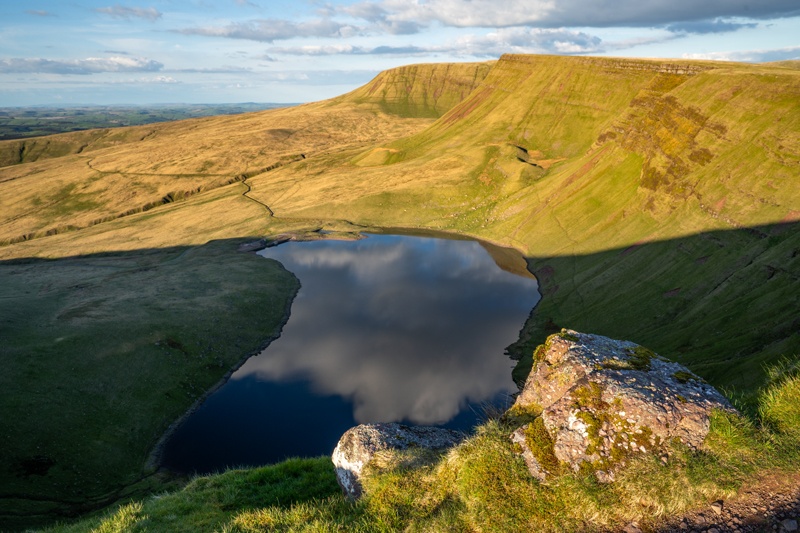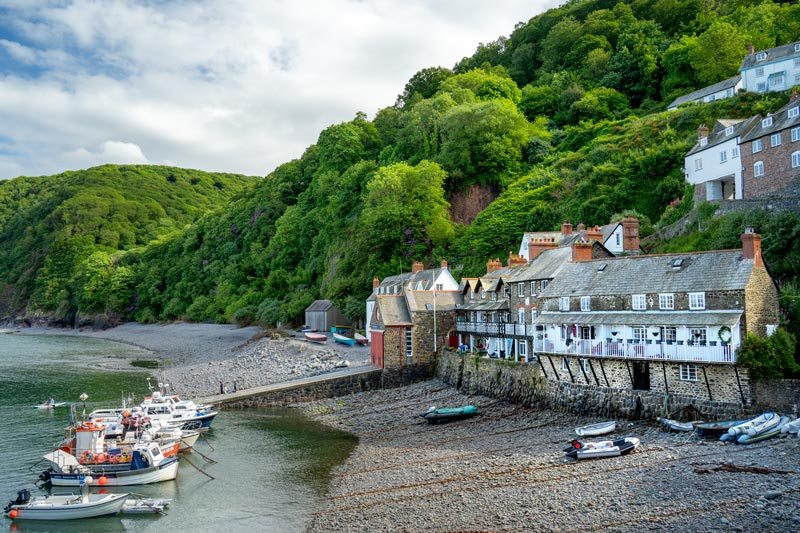I must admit that after our long weekend in Pembrokeshire, I was slightly put off…
Locks on the Thames, murders and ghosts
The Thames is the longest river in England with its 346km and the second longest river in the UK after the river Severn. The source of the Thames is in Gloucestershire and enters the North Sea at Southend-on-Sea.
The river played an important role during the history as it formed a link between London and the West. Wood, wool, bricks, rubble and even excrement from London was transported from London by night-men on barges.

Locks were important
The earliest records concerning the management of the Thames go back to 1065 when Edward the Confessor made decree concerning the four royal rivers, the Thames, the Trent, the Severn and the Yorkshire Ouze. He ordered that mills and fisheries be destroyed because they caused delay and/or hazard to navigation. Instead weirs were built to aid the millers and the fishermen.
Until 1350 the jurisdiction of the river belonged to the Crown, who had the right to build weirs and flash locks. This did not stop some landowners from building locks or weirs from which they extracted tolls on passing craft. The other two types of weir were for milling and fishing.
Complicated affairs…
Sometimes a miller would keep barges waiting for days before letting them through his weir so that he does not lose his head of water and would require tolls from barges passing through No wonder that there were constant disputes between those who wanted to use the river for transport and watermill owners.
The flash lock at Marlow was owned by Thomas Farmer who had an extremely evil reputation for drowning its users! If the story is true, I am sure there are a few ghosts around Marlow lock…
There are 45 locks on the Thames today, but in the 16th-17th century there were only 5 between London and Henley-on-Thames and 20 between Henley and Oxford. These locks were early flash locks and boats moving upstream were winched through the lock. Windsor’s name comes from the word ‘winch’ by the way: Windlesora – Windles-ore which means winch by the riverside.

Gosts along the rural Thames
Charles Dickens also wrote about a death by Hambleden Lock in his short story in 1869, “The Phantom of the Regatta Island”. The ghost of the dead Kit Garth keeps on rowing in his punt on the river at night… Oh, oh… I am not sure I would fancy a walk by the river at midnight. Going near spooky rivers in the dark is never going to end well…
A mystical story is told about the winter of 1878 when part of the Thames was frozen and had become a favourite place for ice-skaters. A family in Wargrave decided to hop on a ferry that existed at that time, in order to join the skaters on the other side of the river. Due to some tragic circumstances the ferry sank and a little girl of the family drowned. They say that sometimes the ghost of the little girl still appears to be walking along the riverbank opposite the pub.
A boy is said to have slipped and drowned in the Thames’ tributary, River Pang at Tidmarsh. His spirit has supposedly been spotted rising out of the misty river at night on several occassions. According to witnesses the boy’s face is distorted and bloated from the river water and his clothes are torn. Allegedly he does no harm and he never makes a sound.
~
As well as the whole of England, the Thames Valley is also full of ghosts. Fancy more ghost stories? Join me on one of my day trips in the Thames Valley.




Comments (0)